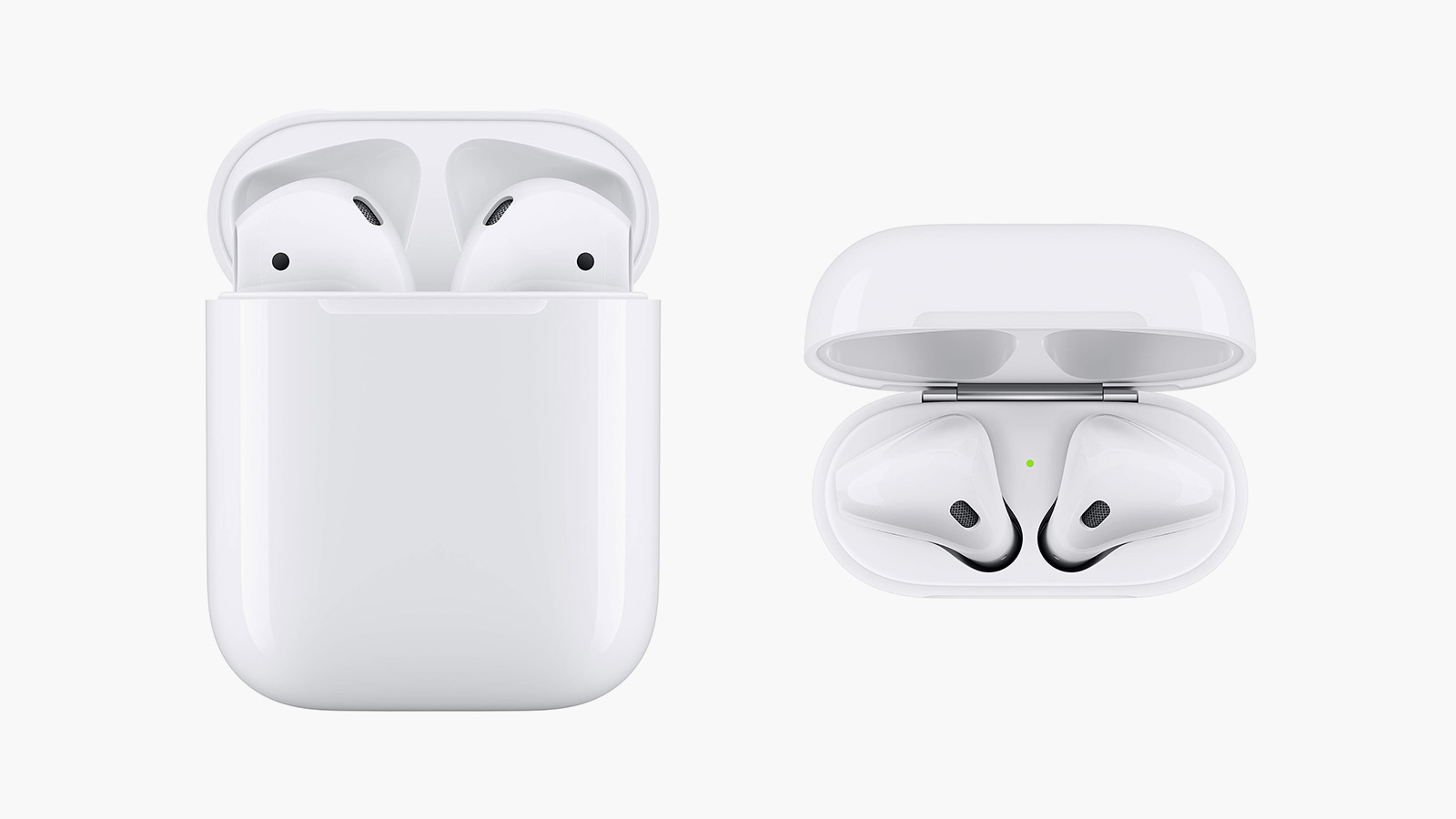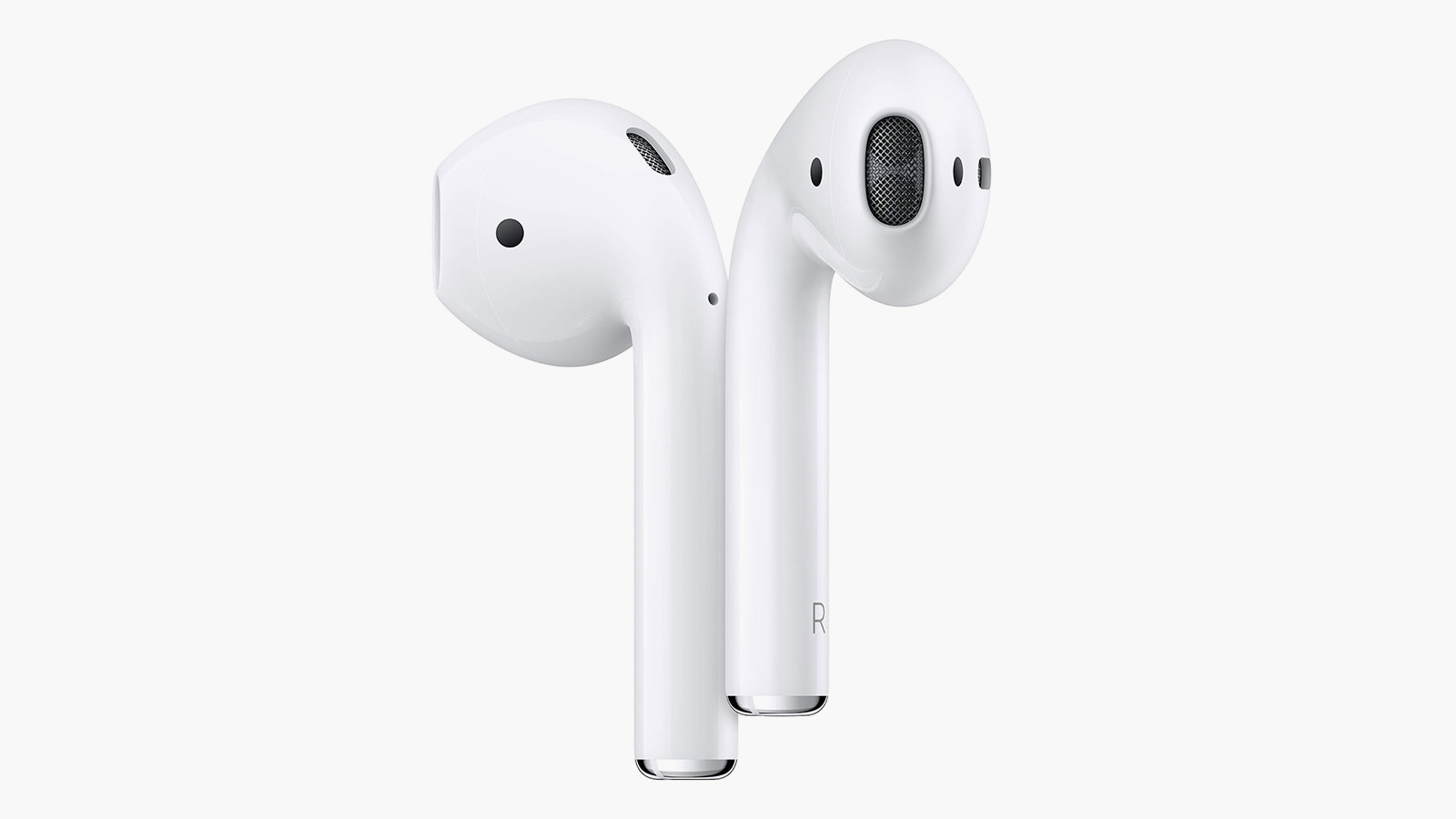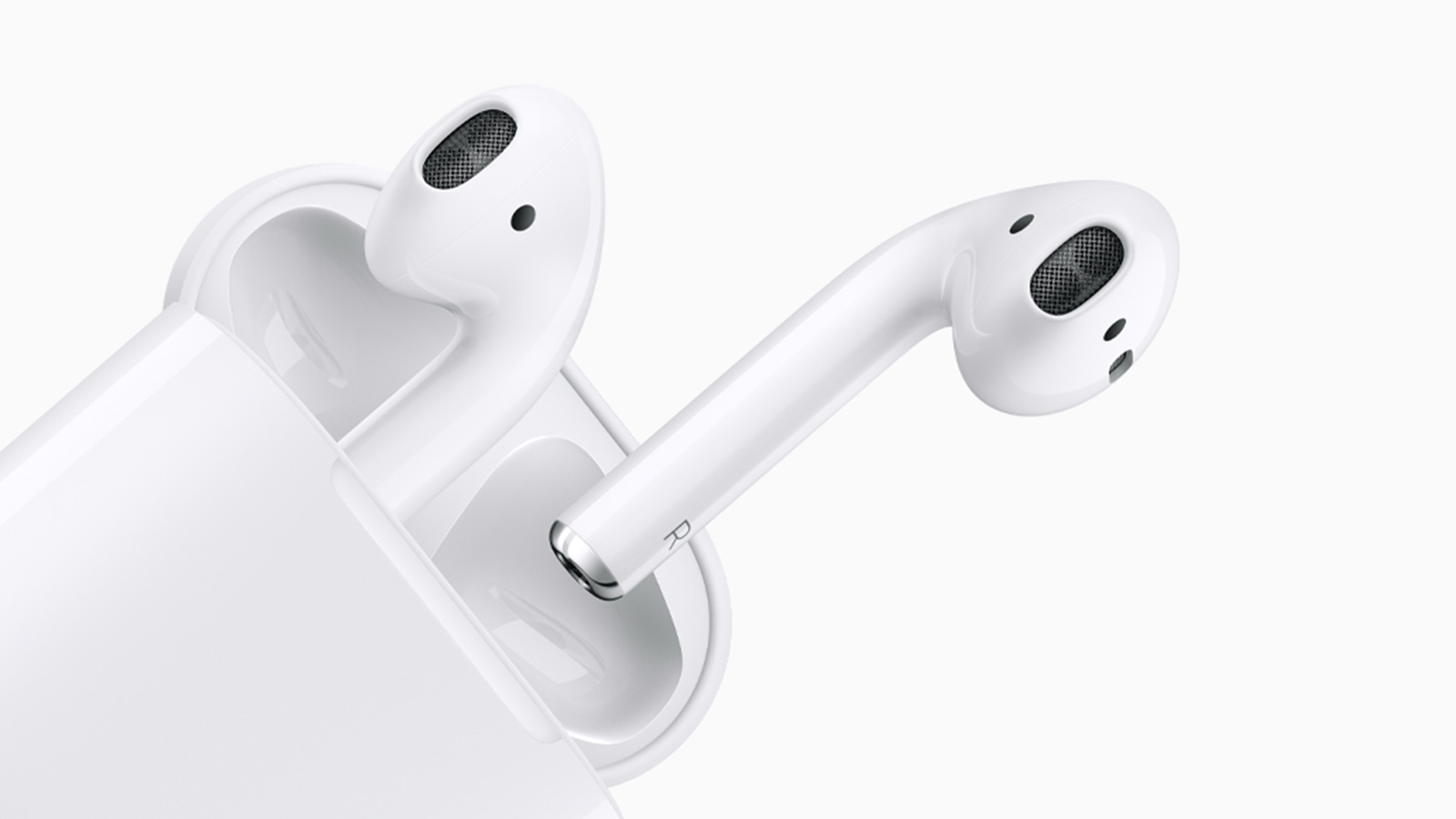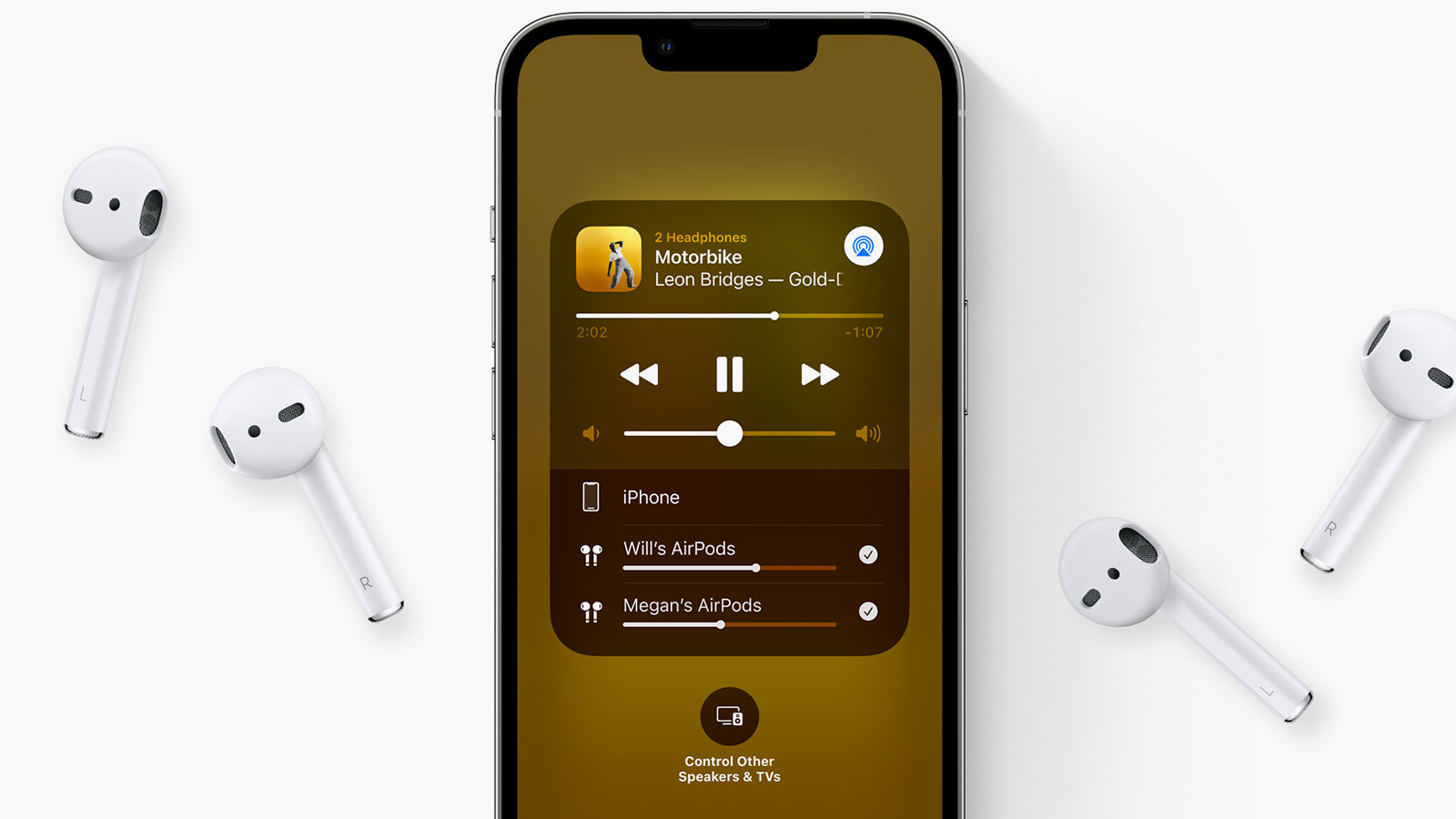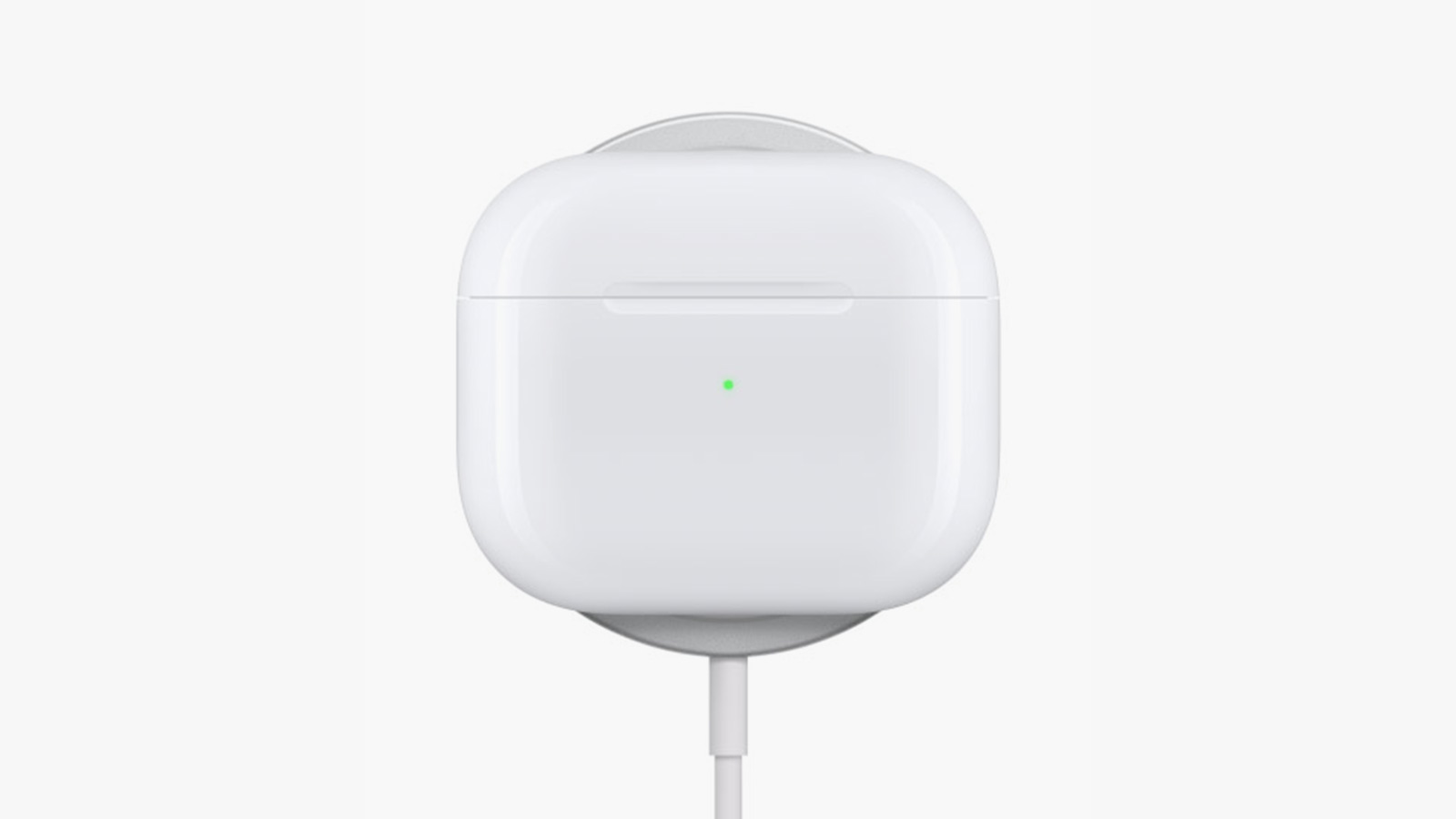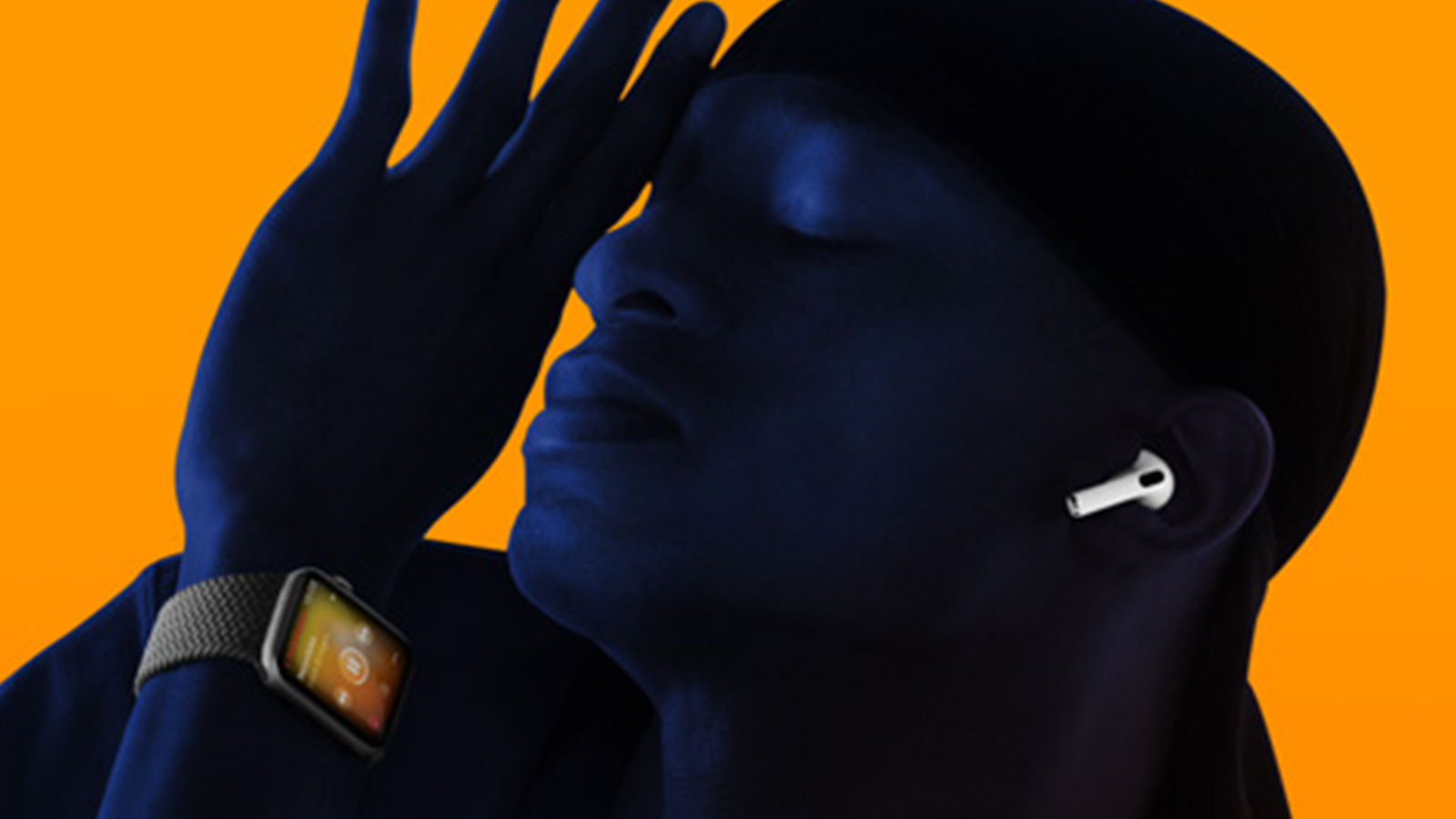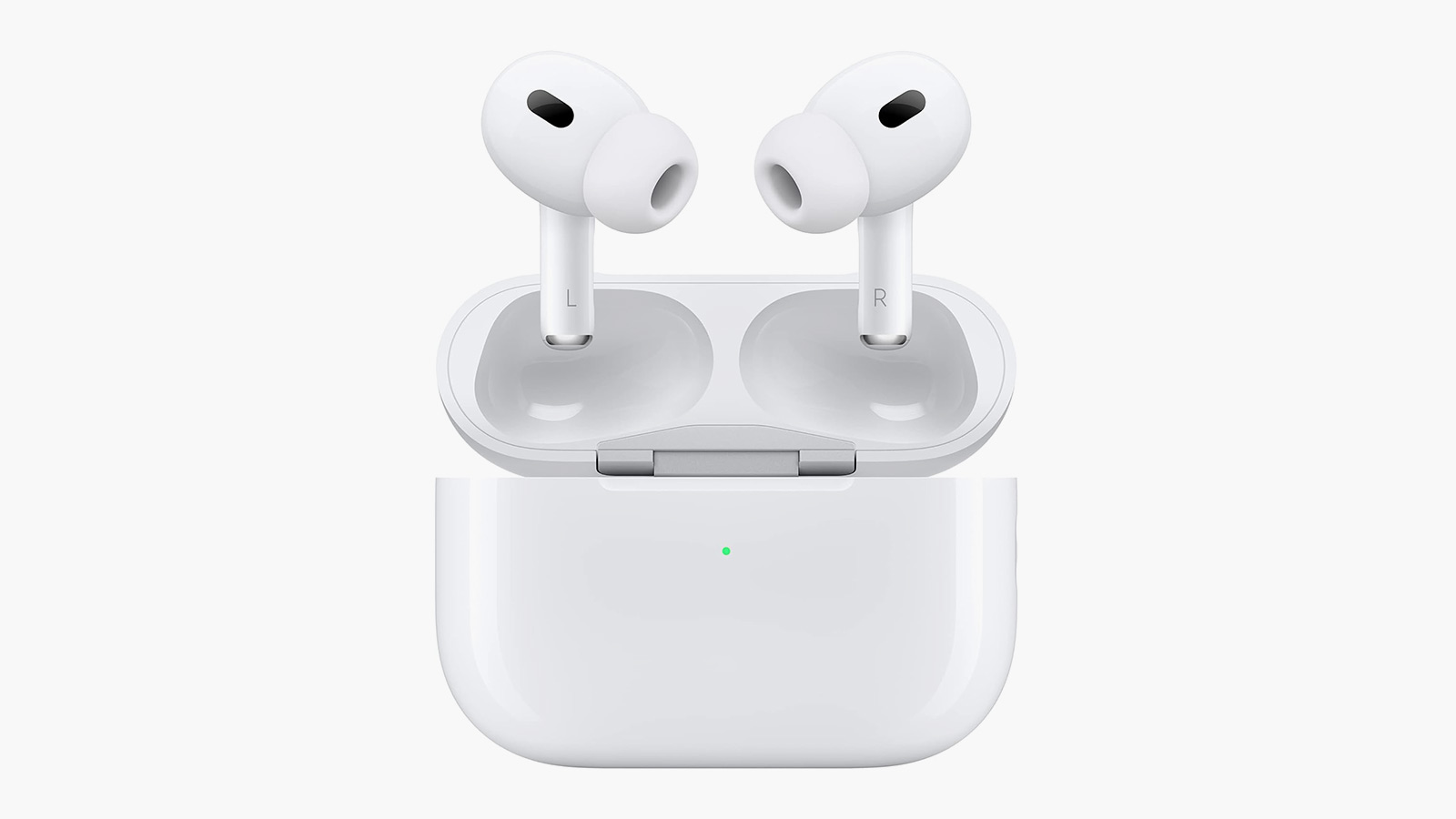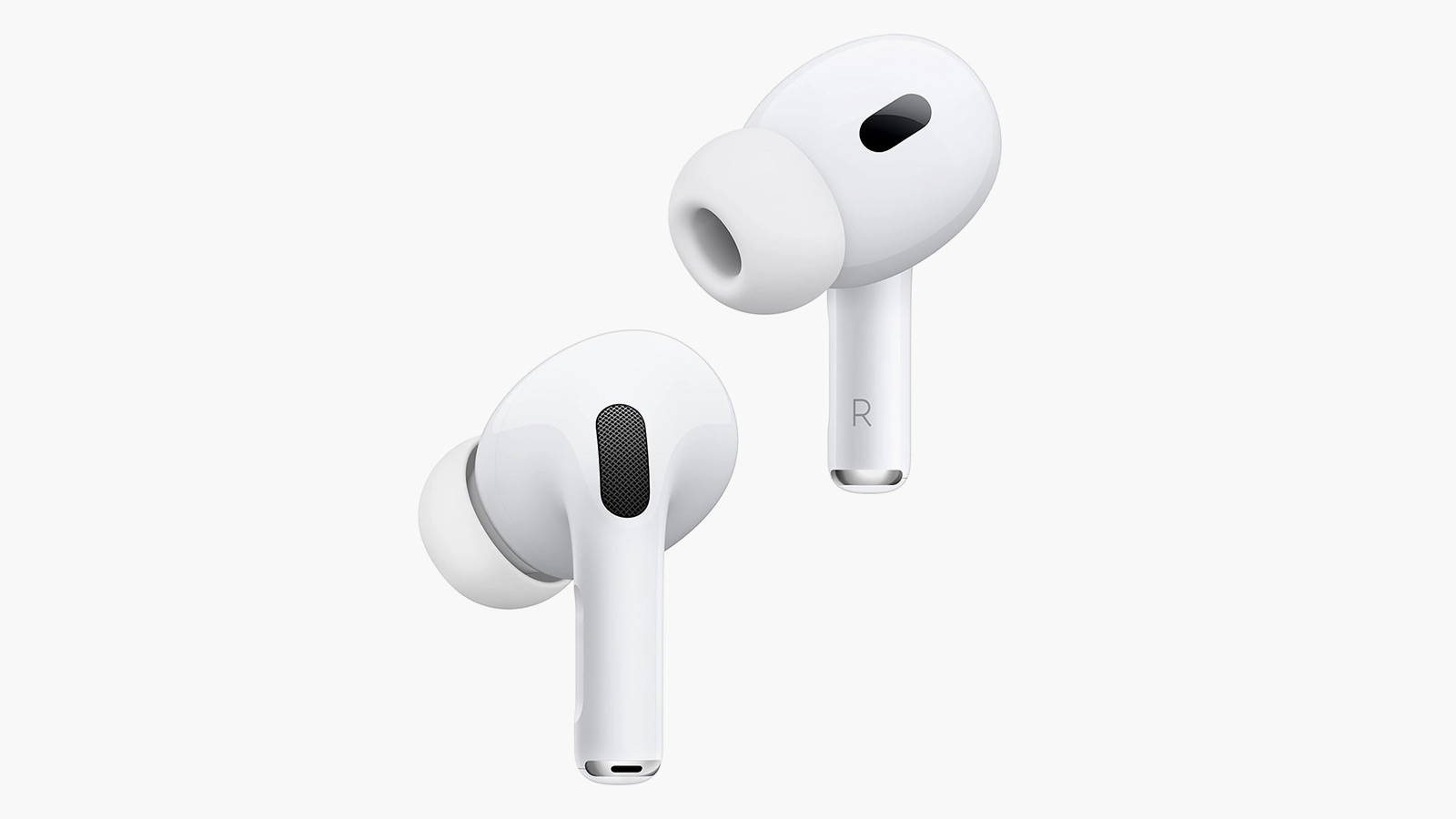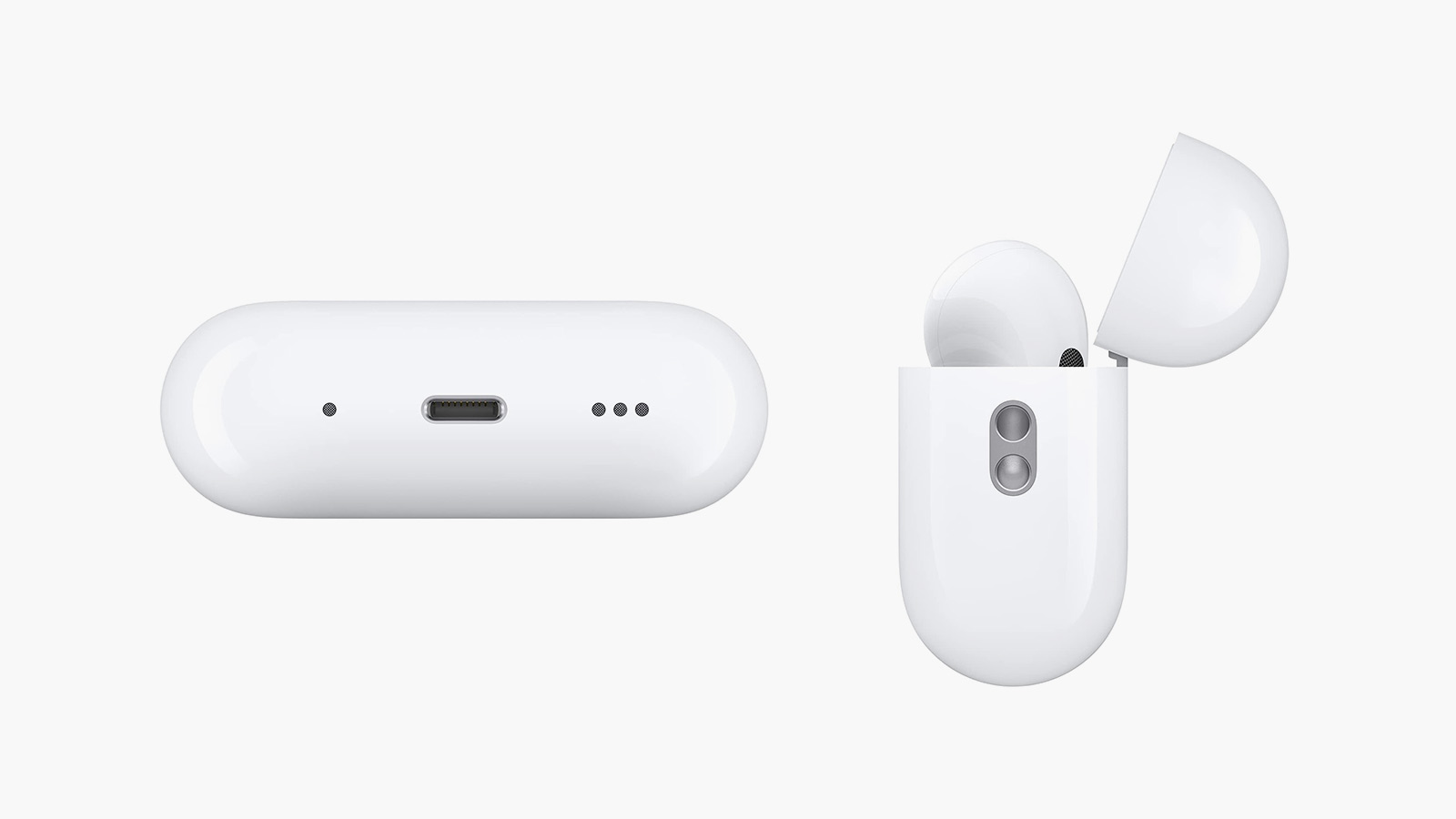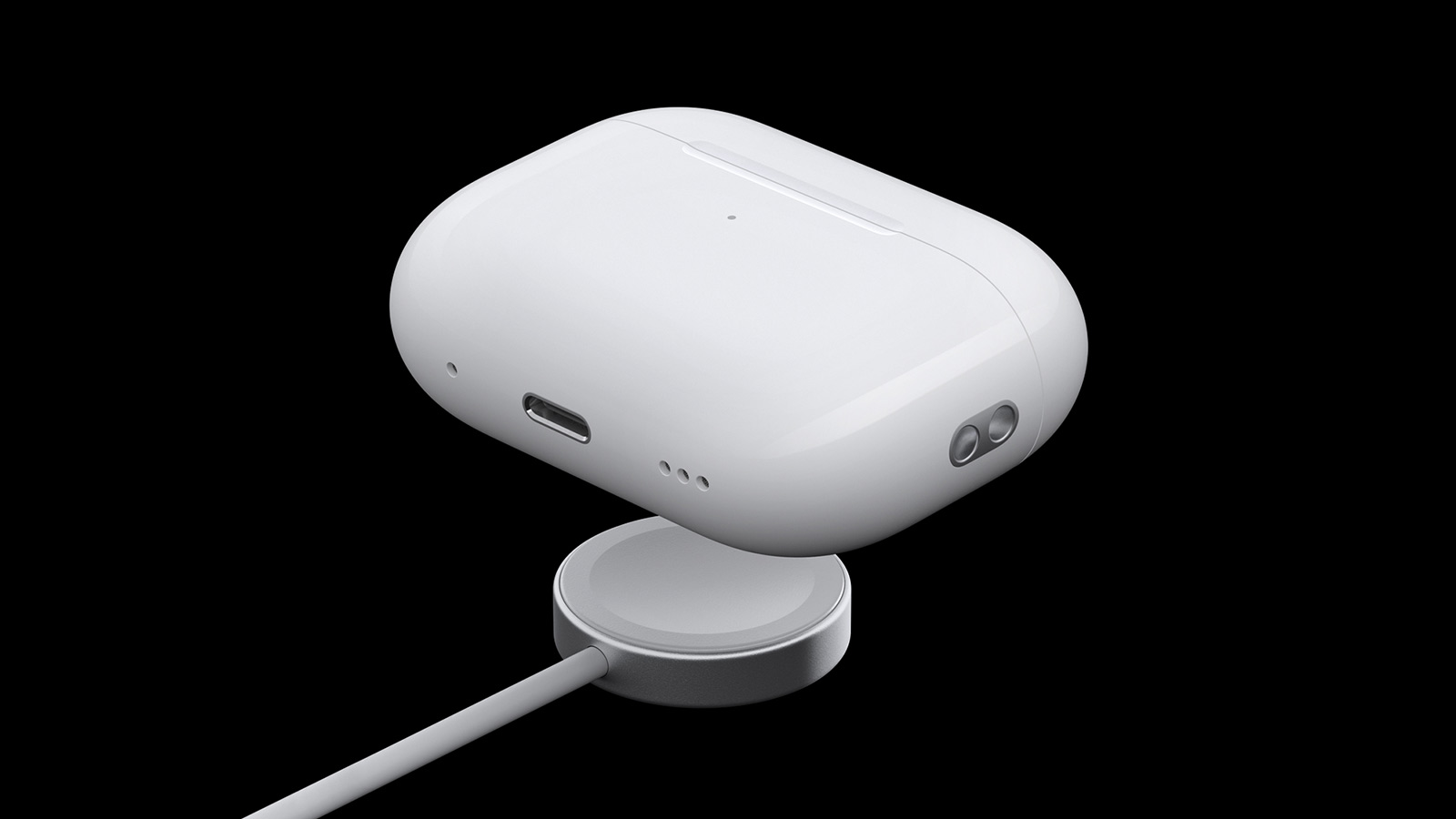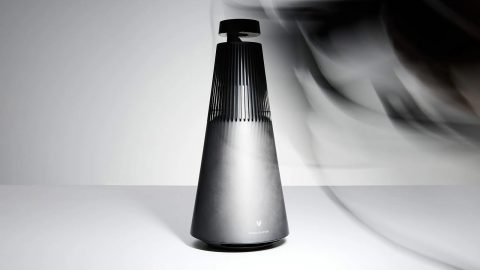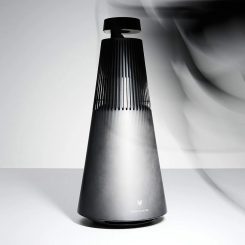It’s been a mere 6 years since Apple announced on September 7, 2016 the impending release of a new product called AirPods. The Apple press release stated, “Apple reinvents the wireless headphone with AirPods.” Gone were the wires that plagued earphone users! Tech industry journalist, Daniel Eran Dilger, was among the first to try them out and his review for AppleInsider was ecstatic. “More than just wireless earbuds,” he wrote, “Apple’s tightly integrated AirPods expand the company’s sophistication and lead in wearables, with a practical, powerful pair of tiny technology “pods” that bring a new joy to music listening on a level reminiscent of the original iPod.”
Since they first dropped in December of 2016, AirPods have not only become the most popular accessory that Apple has ever manufactured, but they have also set industry standards for wireless earbuds. These “tiny technology pods” have not only revolutionized how we listen to music but they are undeniably practical with their ability to easily carry around, to connect quickly to iPhones, charge quickly in their cases, and fit the same as EarPods, the standard headphone design for decades. IMBOLDN’s editors break down the three different AirPods currently on the market with a look at pricing and the pluses and minuses of each model.
AirPods 2nd Generation
Originally released in March of 2019, the most affordable AirPods you can buy today, the AirPods 2 have a variety of features that make these earbuds very attractive for those on a budget. This model provides effortless setup, in-ear detection, and automatic switching, as well as quick access to Siri by saying “Hey Siri”. The AirPods 2 offer more than 24 hours total listening time with the charging case. This model, however, doesn’t provide wireless charging and they’re the only AirPods without sweat-resistance. You’ll also find that the AirPods 2 have no noise-canceling or transparency modes. There is also no support for high-end audio technologies, such as spatial audio and adaptive EQ.
AirPods 3rd Generation
Apple released its AirPods 3 in October of 2021. This next-gen model features spatial audio with dynamic head tracking. Compared to its predecessor, the AirPods 2, offer wireless charging and boast a lightweight, contoured design that sits at just the right angle for comfort and to better direct audio to the user’s ear. Furthermore, the stem is 33 percent shorter and includes a force sensor to easily control music and calls. In addition to the features inherent in the AirPods 2, the AirPods 3 provide wireless charging, support spatial audio, adaptive EQ, and are sweat and water resistant. However, they do lack active noise-cancellation and transparency modes.
Airpods Pro 2nd Generation
Apple just launched its next-gen AirPods Pro 2 in September of this year to great fanfare. While they are the same size, shape, and design as the original AirPods Pro, Apple has completely re-engineered them. Noise cancellation and adaptive transparency have been taken to the next level, reducing more external noise for a richer and more immersive audio experience. Apple says that noise cancellation is 2x more active than before with the rear vent microphone placed to better detect sound coming in. Noise is reduced an incredible 48,000 times per second thanks to the new H2 processor. While the AirPods Pro 2 still don’t support lossless audio, they do possess advanced features such as personalized Spatial Audio and enhanced ‘Find My’ features and built-in speaker.


